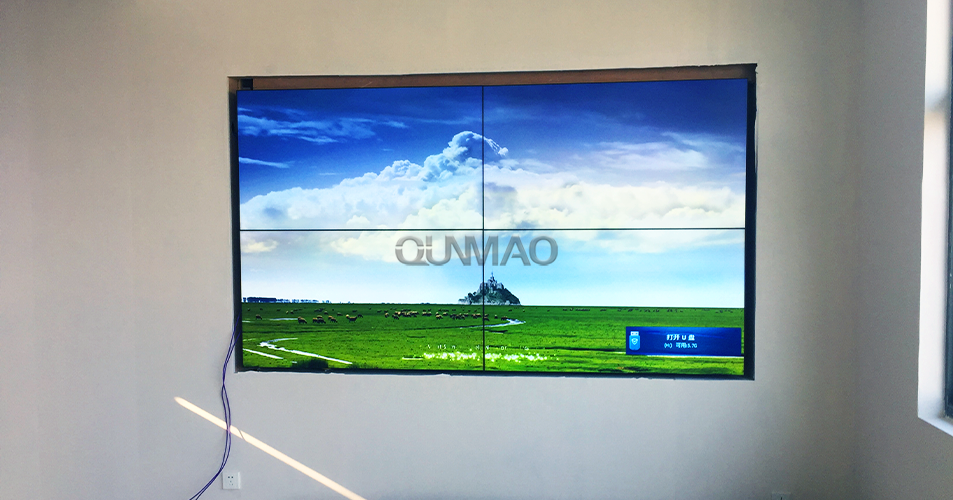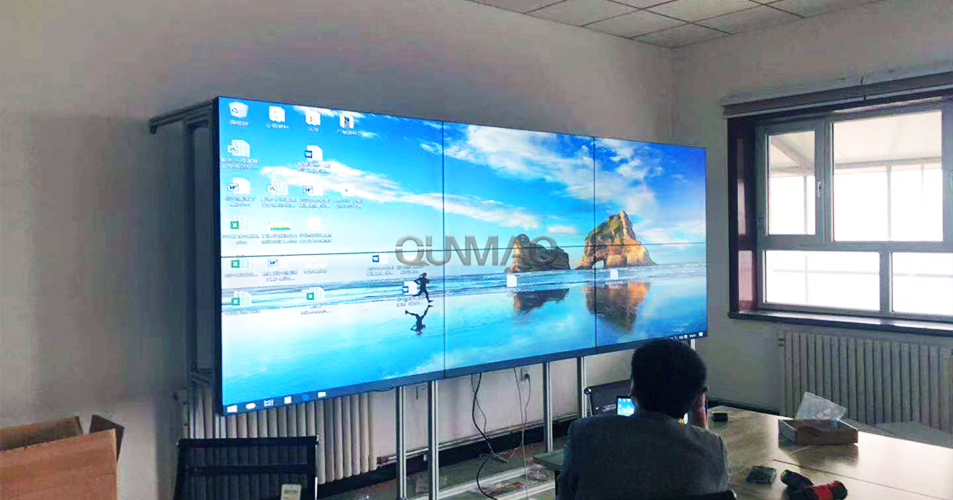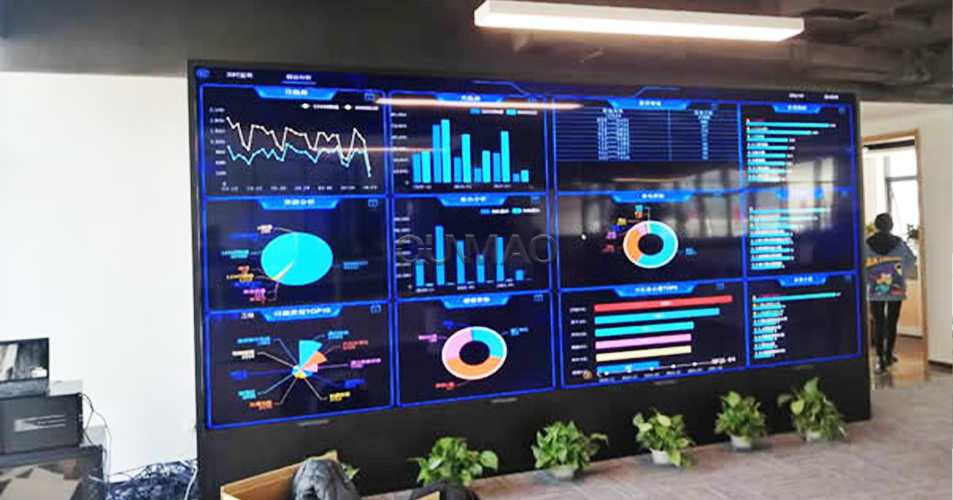
First of all, the brightness of the LCD splicing screen is crucial to the display effect. Higher brightness usually means more vivid colors
and better color saturation. However, if the brightness is set too low, the image may appear dim and may cause eye strain when viewed
for long periods of time. In addition, contrast is another important technical parameter, which reflects the degree of lightness and darkness
between white and black. Although some brands have lower contrast, their color saturation can still be high due to manufacturing
differences. Therefore, when choosing an LCD splicing screen, multiple indicators should be considered comprehensively.

Secondly, the brightness of the splicing screen is not as high as possible. Excessive brightness may cause discomfort to the viewer
and even cause eye fatigue. Under normal circumstances, the brightness of a standard LCD splicing screen of 500cd/m² can meet
the needs of most users. Of course, specific brightness settings should be adjusted based on the location and lighting conditions
of use. For larger places, such as conference rooms or command centers, you can consider using products with higher brightness,
but it is more appropriate to use high-brightness products when there is sufficient light. For smaller screens, excessive brightness
is not required.

Therefore, it is very important to correctly set the brightness of the LCD splicing screen. Reasonable adjustments should be made
based on the actual situation to ensure the best viewing effect and viewing experience.
